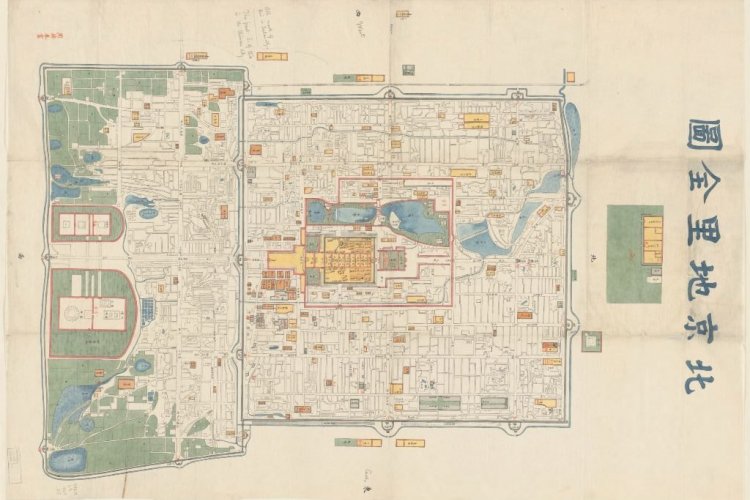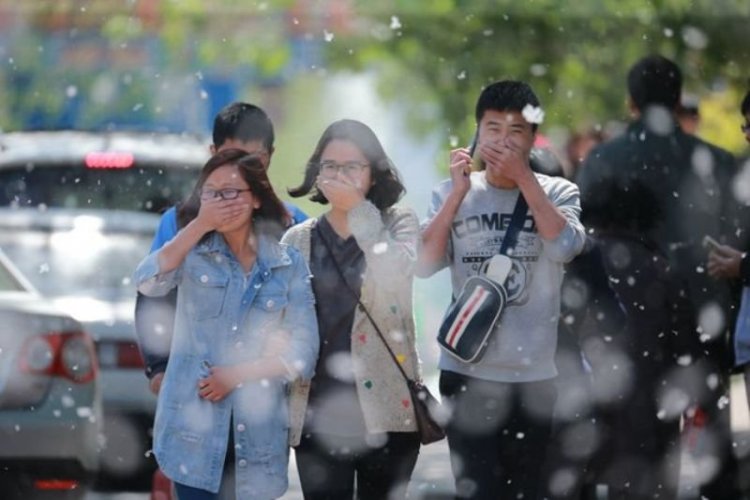Help Bring the First Chinese Typewriter Exhibition around the World (and to Beijing)
While the Beijinger's Mandarin Month may have just finished, we're sure you're still plenty enthuzed by all things Chinese. Of course, Mandarin is a hard language to learn, not only because its four tones drive people crazy, but also it contains more than 90,000 different characters including, according to Baidu, at least 1,000 base level common characters.

Imagine that you have to type those numerous characters, which are not alphabetical. In the nineteenth and twentieth centuries, the telegraph, typewriter, and computer changed the way that people communicated throughout the world. But what could its users do to fit tons of Chinese characters onto a standard 50-key Western keyboard?
The solution was to use a logographic writing system, which fits thousands of Chinese characters on the machine. As you might have already guessed, it was much more complicated than the keyboards based on the alphabetical system. “An ordinary Chinese printing office uses 6,000 Chinese characters. At least five dozen different versions of Chinese typewriters exist," news.stanford writes.
During the past 10 years, Tom Mullaney, Associate Professor of Chinese History at Stanford University, the author of Coming to Terms with the Nation: Ethnic Classification in Modern China and principal editor of Critical Han Studies: The History, Representation and Identity of China’s Majority, has compiled one of the largest collections of Chinese typewriters in the world.
Recently, he also founded a kickstarter campaign dubbed “Save the Chinese Typewriter” which is running until August 5. Through the campaign they will present what is possibly the largest collection of Chinese typewriters ever, as well as Chinese computers and some Japanese typewriters, before outlining the history behind them. This exhibition is currently showing at Stanford until September 6.
Mullaney explains: “Unlike the history of the information age in the West, which enjoys extensive museum and archival collections, nothing comparable is available to the historian of the information age in East Asia.”

Mullaney’s collection of Chinese and East Asian Information Technologies includes:
- a rare 1970s-era Chinese typewriter
- two rare 1980s-era Chinese word processor/computers
- one of the largest collections of Chinese telegraph code books in the world (from the 1910s through the 1980s)
- rare Chinese computer manuals and textbooks (1960s through the 1980s)
- rare Chinese typewriter manuals and textbooks (1910s through the 1980s)
- two rare 1930s-era Japanese typewriters
- a rare 1950s-era Japanese typewriter
- a rare 1980s-era Japanese word processor/computer
- rare photographs and ephemera

Help the exhibit to tour other locales like San Francisco, Los Angeles, San Diego, New York, the Boston Area, Hong Kong, Taipei, London and even Beijing. Check here for more information, and to take advantage of a set of rewards.
More stories by this author here.
Email: tracywang@thebeijinger.com
Twitter: @flyingfigure
Instagram: @flyingfigure
Photos: kickstarter, news.standford







![[DP] Too Hot for Hot Yoga? Time for AquaX and BOGA [DP] Too Hot for Hot Yoga? Time for AquaX and BOGA](https://www.thebeijinger.com/sites/default/files/styles/blog_list_image/public/thebeijinger/blog-images/265699/boga_outdoor_1.jpeg)
